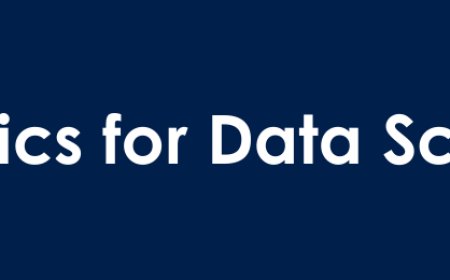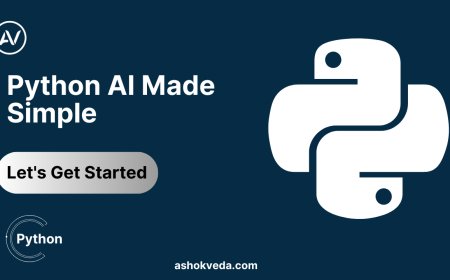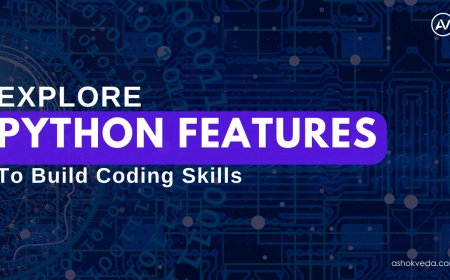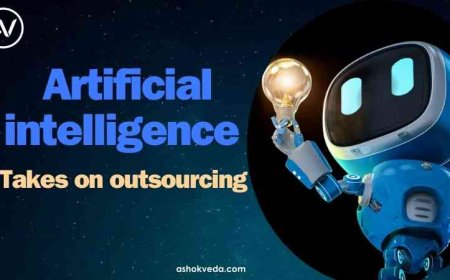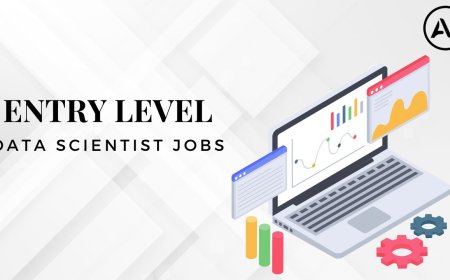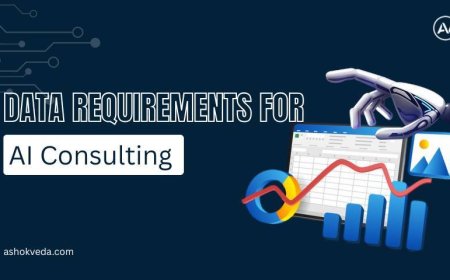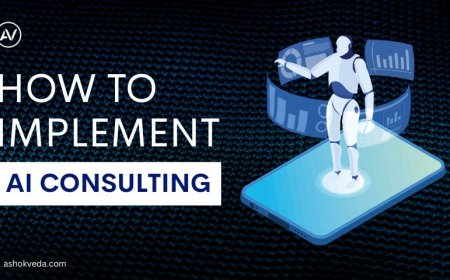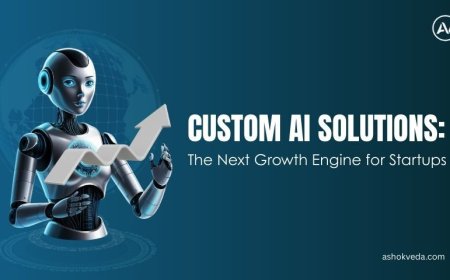Regulatory Aspects of AI Consulting: A Comprehensive Guide
Explore the key regulatory aspects of AI consulting in 2025. Learn how businesses can stay compliant while scaling safe, trustworthy AI adoption.
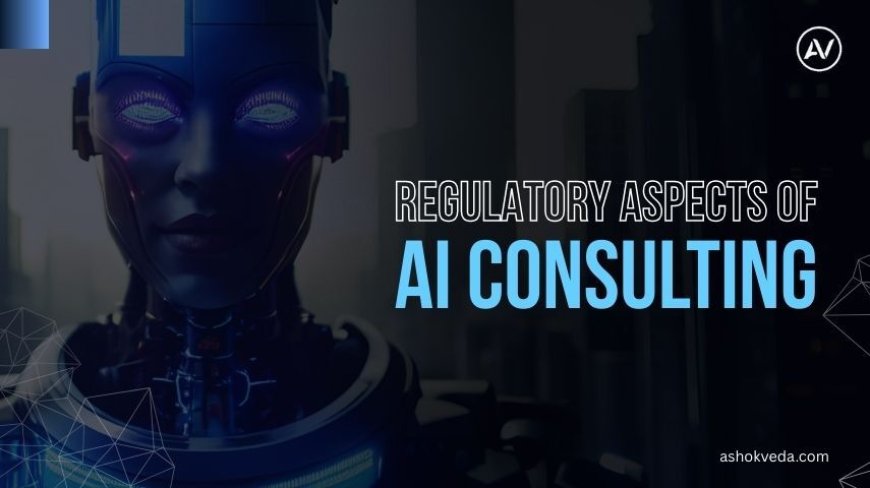
Artificial Intelligence has shifted from being a promising technology to an essential driver of global business transformation. By 2025, AI adoption will have become mainstream: a McKinsey survey shows 78% of organizations now use AI in at least one business function, yet only ~1% report mature generative AI rollouts. At the same time, governments are racing to regulate—the EU AI Act officially entered into force in August 2024 with obligations starting in 2025, while the U.S. has released binding federal guidance for AI governance and procurement. Global policy momentum is undeniable: the Stanford AI Index reports a 21% surge in AI-related legislation across 75 countries, with the U.S. alone issuing 59 AI-related regulations in 2024.
But with rapid adoption comes rising risk. The OECD recorded a 1,278% increase in reported AI incidents between 2022 and 2023, underscoring the urgency for robust oversight. Organizations are now under pressure not only to innovate but also to demonstrate compliance, accountability, and trustworthiness in their AI systems. This is where AI consulting finds its highest value. Beyond technical deployment, consultants are being called upon to navigate a complex regulatory landscape, help businesses align with emerging global standards, and design governance frameworks that balance compliance, innovation, and scale.
Fast facts to set the stage:
-
EU AI Act entered into force on August 1, 2024, with staggered application through August 2, 2026 (earlier for bans and literacy, and August 2, 2025 for GPAI governance).
-
U.S. federal agencies received binding OMB guidance (M-24-10) setting minimum risk management practices for AI that affects public rights and safety; additional acquisition guidance (M-24-18) tightened how agencies buy AI.
-
ISO/IEC 42001 (the world’s first AI management system standard) was published to help organizations operationalize trustworthy AI via Plan-Do-Check-Act.
-
NIST released a Generative AI Profile for its AI Risk Management Framework, adding concrete actions for GenAI deployments.
-
Policy activity is surging: The 2025 Stanford AI Index reports the U.S. issued 59 AI-related federal regulations in 2024, and global AI legislative references rose 21.3% across 75 countries since 2023.
-
Adoption is up, but maturity is rare: McKinsey’s 2025 survey shows 78% of organizations use AI in at least one business function, yet only ~1% describe their GenAI rollouts as “mature.”
-
Incidents are climbing: OECD tracked a ~1,278% rise in reported AI incidents from 2022 to 2023 as GenAI went mainstream—raising the stakes for governance.
Below is your comprehensive, consultant-friendly field guide to the regulatory aspects of AI consulting in 2025—what’s changing, what’s required, and how to translate rules into resilient client outcomes.
1) The Big Picture: A patchwork turning into a fabric
Regulatory momentum spans three layers:
-
Horizontal AI frameworks
-
EU AI Act: risk-tiered duties (prohibited, high-risk, limited-risk, minimal), new governance for general-purpose AI (GPAI), and steep fines—rolling in via a timeline consultants must map to client programs.
-
U.S. federal guidance: Although no omnibus AI law exists, the OMB has established binding governance for federal use; procurement rules (M-24-18) impact vendors selling to the government. Agencies also draw on NIST AI RMF as a de facto best practice.
-
UK: pursuing a “pro-innovation” regulator-led model; a 2025 strategy emphasized removing barriers to AI infrastructure while continuing safety work—shaping expectations for sector regulators.
-
Canada: the Artificial Intelligence and Data Act (AIDA) advanced under Bill C-27 but did not pass following parliamentary changes in early 2025—leaving guidance in flux and pushing organizations toward standards-based governance.
-
Adjacent data & sector laws
Even where AI acts are nascent, privacy, consumer protection, product safety, financial services, and health regulations already constrain AI design, data use, disclosures, and accountability. -
Standards & soft law
Adoption of ISO/IEC 42001 and NIST AI RMF is emerging as evidence of due care—especially for enterprise clients seeking audit-ready programs.
Consulting implication: map client use cases to this three-layer stack and build a control set that’s jurisdiction-aware yet standards-anchored.
2) EU AI Act: What consultants must operationalize in 2025–2026
The EU AI Act is the most far-reaching instrument—and it’s extra-territorial. If your client places AI systems on the EU market or their outputs reach EU users, they may be in scope. Key motions:
-
Timelines matter: bans and literacy rules started Feb 2, 2025; GPAI obligations apply from Aug 2, 2025; most obligations hit by Aug 2, 2026 (with some extensions to 2027 for embedded high-risk). Build roadmaps backwards from these hard dates.
-
Risk categorization: correct scoping (prohibited vs high-risk vs limited-risk) determines everything—technical documentation, conformity assessments, CE-marking (for high-risk), and post-market monitoring.
-
GPAI duties: model cards/technical documentation, compute reporting for systemic risk models, copyright-related disclosures, and incident reporting—to be clarified further by evolving Commission guidance.
-
Fines & liability: penalties can reach a high percentage of global turnover, upping the need for demonstrable governance and supplier oversight. (A range up to 7% is widely cited in practitioner summaries.)
Consulting playbook: deliver AI Act gap analyses, build risk files for high-risk systems, implement post-market monitoring, and stand up supplier management for GPAI components (foundation models, APIs).
3) U.S. Federal: Governance by guidance (that still bites)
Without a federal AI statute, consulting for U.S. public-sector clients (and vendors selling to them) hinges on policy instruments:
-
OMB M-24-10 (Mar 2024) sets agency requirements for AI governance, risk management, and minimum practices for “rights-impacting” and “safety-impacting” uses. Expect model inventories, impact assessments, and human oversight plans.
-
OMB M-24-18 (Oct 2024) addresses the acquisition of AI—embedding risk controls into procurement lifecycles and contractor responsibilities. If you consult for vendors, prep them for these acquisition gates.
-
NIST AI RMF + GenAI Profile: the lingua franca for control catalogs, testing, and measurement frameworks—highly useful for creating policy, playbooks, and audit trails.
Consulting playbook: align client AI Program charters, use-case risk triage, and AIOps controls to NIST; pre-bake OMB-compliant documentation for public-sector RFPs.
4) UK, Canada, and the rest: Understand “principles-led” regimes
-
UK: a regulator-centric, pro-innovation approach (rather than a single AI law). Consultants must tailor their advice to sector regulators (such as health, finance, and competition) while tracking parallel safety initiatives. A 2025 strategy stresses cutting red tape around compute and infrastructure—signals that compliance will be woven through existing regulators rather than a new omnibus act.
-
Canada: with AIDA not enacted as of early 2025, clients still need privacy law alignment and standards-based AI governance to manage risk and procurement expectations.
Consulting playbook: for “principles-led” regimes, lead with standards (ISO 42001, NIST) and evidence of controls; tune sector-specific obligations per regulator guidance.
5) Why incident trends & maturity gaps demand stronger governance
Two market dynamics shape your 2025 advisory:
-
Rising incidents: The OECD’s sharp incident spike underscores why clients need robust pre-deployment testing and post-market monitoring.
-
Adoption vs. maturity: With 78% using AI but ~1% declaring mature rollouts, most organizations need help moving from pilots to controlled, auditable production.
Consulting implication: prioritize measurement frameworks, eval pipelines, and escalation/kill-switch design—then prove it with logs and reports.
6) The Core Workstreams for AI Compliance Consulting
A) Governance & Operating Model
-
Adopt an AI Management System (AIMS) aligned to ISO/IEC 42001 to formalize roles (Accountable AI Officer, Product Owners), policy stack (use-case policy, data policy, third-party policy), and continuous improvement.
-
Map laws to controls: EU AI Act, privacy, consumer law, IP/copyright obligations, sector rules.
-
Create an AI Use-Case Register with risk ratings, lawful basis for data, model lineage, and deployment status.
B) Risk & Impact Assessment
-
NIST AI RMF-aligned risk identification (harms to individuals, organizations, and society), threat modeling, and context-specific risk tolerances; extend with the GenAI Profile for LLM-specific issues (prompt injection, data leakage, content safety).
-
AI Act conformity artifacts for high-risk systems: technical documentation, data governance records, human-in-the-loop design, robustness testing, and post-market monitoring plans.
-
Privacy-by-design and DPIAs were required; purpose limitation and retention constraints.
-
IP & copyright: for GPAI, maintain training-data transparency records and license compliance, reflecting EU expectations and publisher requirements.
D) Model & System Lifecycle Controls
-
Evaluation: pre-prod evals (accuracy, robustness, fairness), traceable metrics, and guardrails; red-team testing for jailbreaks and prompt injection.
-
Monitoring: drift detection, bias surveillance, incident response with reporting triggers (EU Act/GPAI).
-
Documentation: model cards, data sheets, usage constraints, fallback behavior.
E) Vendor & GPAI Management
-
Third-party clauses: data rights, eval artifacts, safety filters, usage limits, flow-down obligations (especially for EU GPAI and U.S. government procurement).
-
Residency & access: regionalization for EU data, secrecy for trade secrets, and logging rules compatible with audits.
F) Human Factors & Training
-
AI literacy requirements are already live in the EU; formalize training for developers, reviewers, and business users (disclosure practices, escalation paths).
7) Sector Snapshots (what typically changes your advisory)
-
Financial services: model risk management principles extend to AI (governance, validation independence, stress testing). Expect regulator scrutiny on explainability and fairness.
-
Healthcare & life sciences: safety/effectiveness evidence, data provenance, human oversight; algorithm change control for learning systems.
-
Public sector: OMB requirements mean AI inventories, impact assessments, and rights-impacting safeguards are table stakes for federal work—and de facto expectations for contractors.
8) Cross-Border Complications Consultants Should Pre-Solve
-
Scope & reach: A non-EU company can still be caught by EU AI Act obligations if it places systems on the EU market or its outputs reach EU users. Build geo-scoped design patterns and geo-fencing where feasible.
-
Data transfers: reconcile AI training/inference with cross-border transfer regimes; consider regionalized inference and pseudonymization standards.
-
Conflicting norms: where UK/US “principles-led” guidance meets the EU’s prescriptive obligations, default to the stricter control if the client operates globally.
9) Documentation Clients Need on Day 1 (and Auditors Will Ask For)
-
AI Policy & Standard (top-level and technical)
-
Use-Case Register + risk classifications
-
Data Governance Records (sources, consent, minimization, retention)
-
Model Technical File (training data lineage, evals, limits, red-team results)
-
Human Oversight Design (approval gates, escalation paths)
-
Supplier Dossier (GPAI/vendor artifacts, license terms, flow-downs)
-
Post-Market Monitoring Plan (KPIs, thresholds, incident playbooks)
-
Training & AI Literacy Evidence (attendance, curriculum)
These artifacts align naturally with ISO/IEC 42001 and NIST AI RMF and map to EU AI Act expectations for high-risk systems and GPAI.
10) Contract Language: Clauses that keep you (and clients) safe
-
Representations & warranties: compliance with applicable AI, privacy, and consumer laws; non-infringement of IP in training and outputs.
-
Data rights & restrictions: clear rules on using client data for model improvement; deletion timelines; prompt confidentiality.
-
Evaluation access: right to conduct or receive results of safety, bias, and robustness testing; obligation to remediate.
-
Incident, disclosure & audit: time-bound incident reporting; cooperation with regulators; audit rights aligned to EU AI Act and OMB/NIST expectations.
The regulatory aspects of AI consulting in 2025 are no longer optional—they are central to how organizations design, deploy, and scale AI responsibly. With the EU AI Act, U.S. OMB guidance, ISO/IEC 42001, and a growing patchwork of national strategies, the rules of the game are clear: compliance must be baked into the lifecycle of every AI system. For consultants, this is both a challenge and an opportunity. Clients are looking for more than technical expertise—they want trusted advisors who can translate complex regulations into operational playbooks, build audit-ready programs, and ensure that innovation doesn’t outpace accountability.


